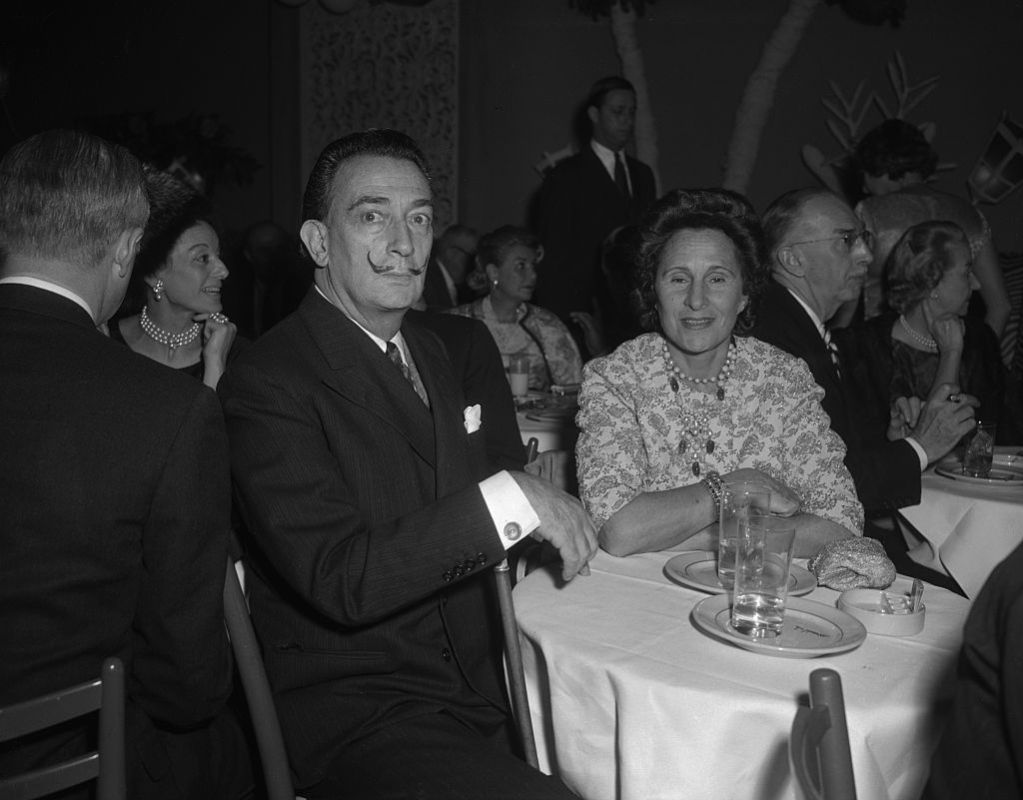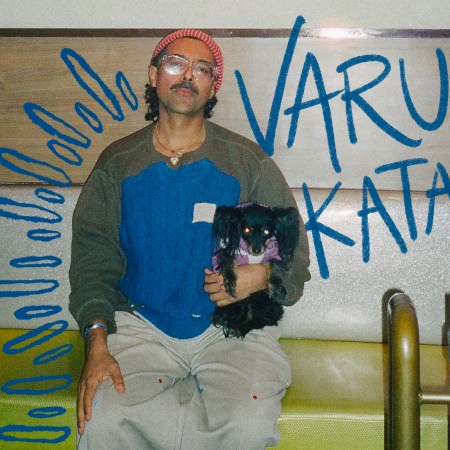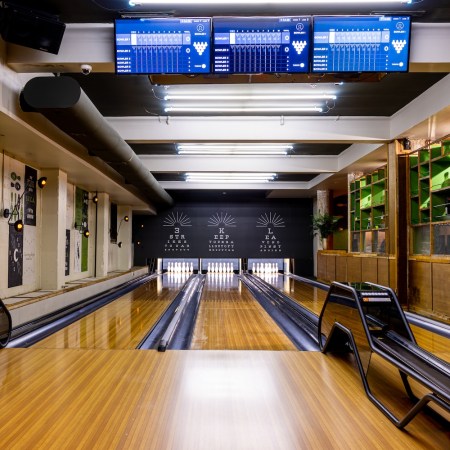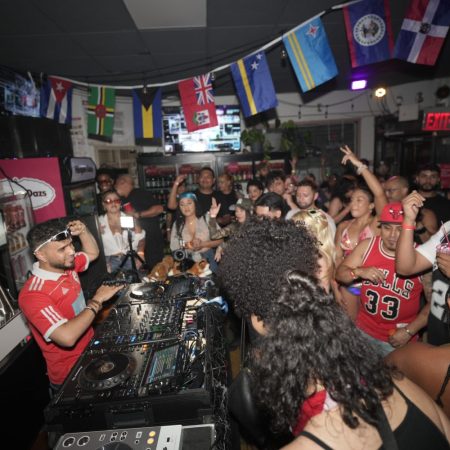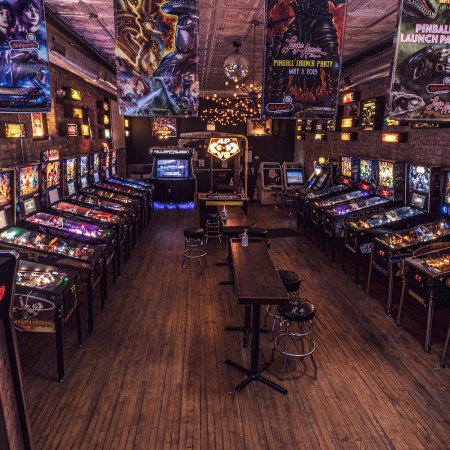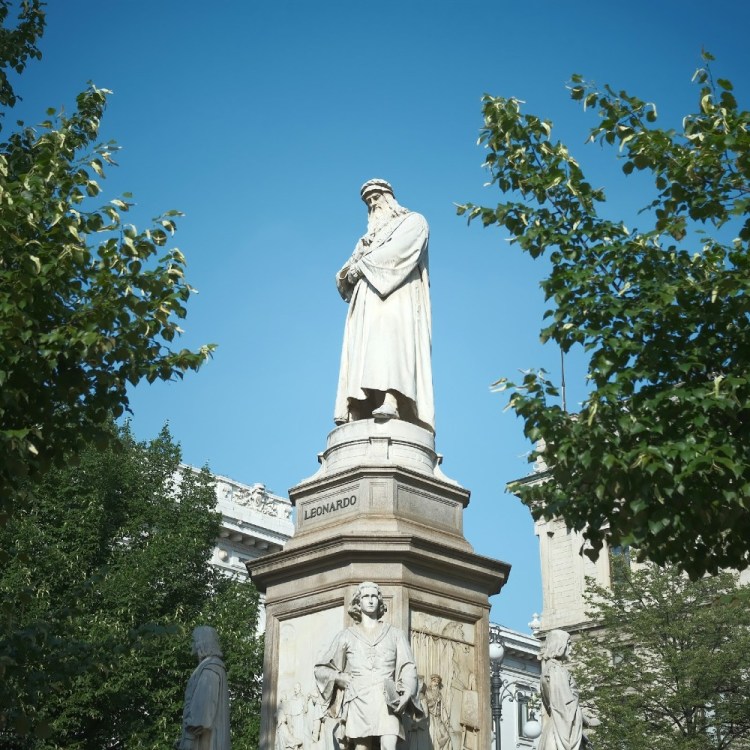Spend enough time looking into the history of a given city and you’ll start to find mention of the restaurants, bars and nightclubs that were once in-demand destination and have since passed into the realm of mythology. One such space is El Morocco, situated for many years on East 54th Street in Manhattan. In her 2016 memoir, journalist Patricia Bosworth alluded to newspaper columnist Leonard Lyons making the rounds there, which gives a sense of the place’s clientele.
But a space synonymous with a certain degree of celebrity in mid-20th century America must have plenty of stories to tell. In a new article for AirMail, Michael Callahan traces the club’s shifting fortunes, and includes mention of several of the august personages who frequented the place — including Frank Sinatra, Salvador Dali, Marilyn Monroe and Marlene Dietrich.
Among those quoted in the article is model Carmen Dell’Orefice, who referred to El Morocco as “truly an international cross-section of the world” as compared to the Stork Club. That being said, Callahan also revisits some of the El Morocco’s more unpleasant history, including a penchant for racism and anti-Semitism that led to the likes of Estée Lauder and Sammy Davis, Jr. having less-than-pleasant experiences there.
Over the course of the article, Callahan stresses what he refers to as the club’s “sense of escape” as its primary draw. And during a time where escapism seems decidedly appealing, it’s not hard to see why — in the broadest sense — El Morocco beckoned to so many. In reading this article, one gets the impression there are many more stories waiting to be told from within its walls.
Thanks for reading InsideHook. Sign up for our daily newsletter and be in the know.
